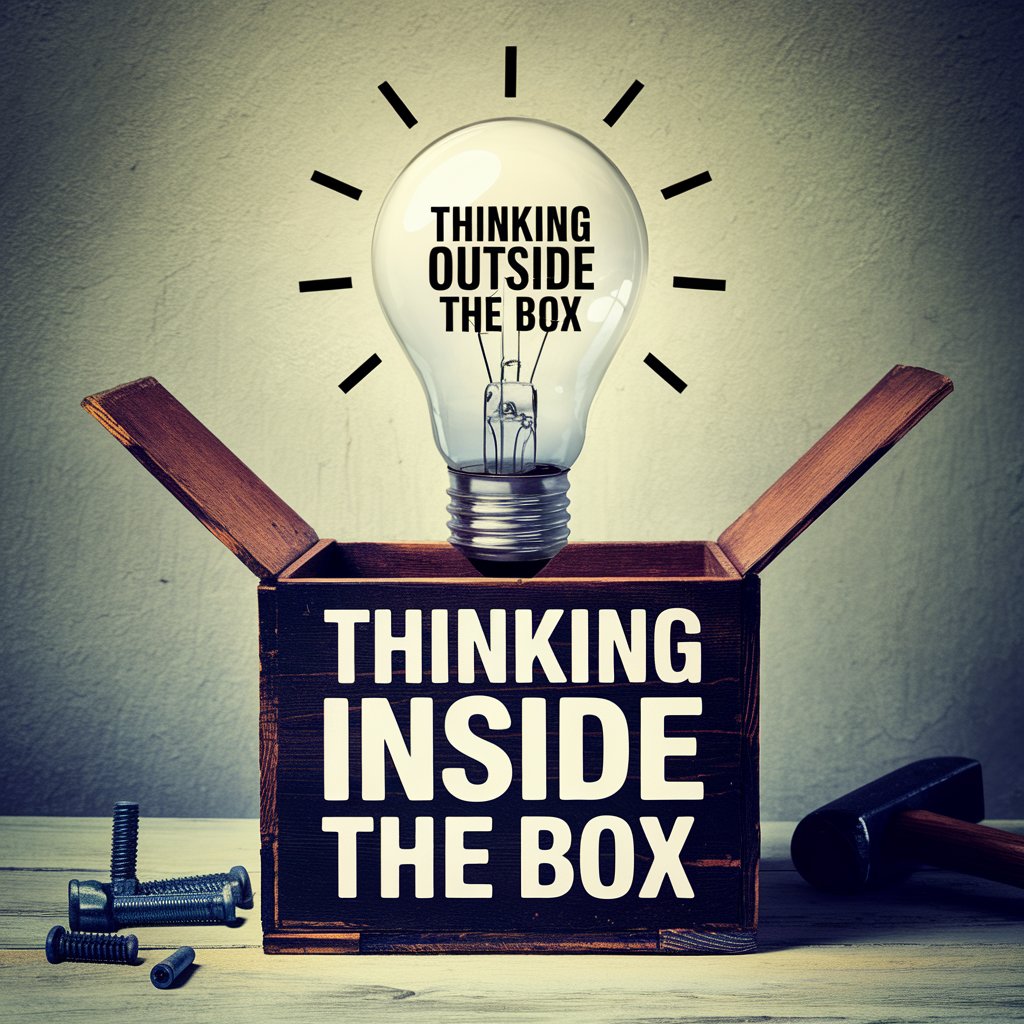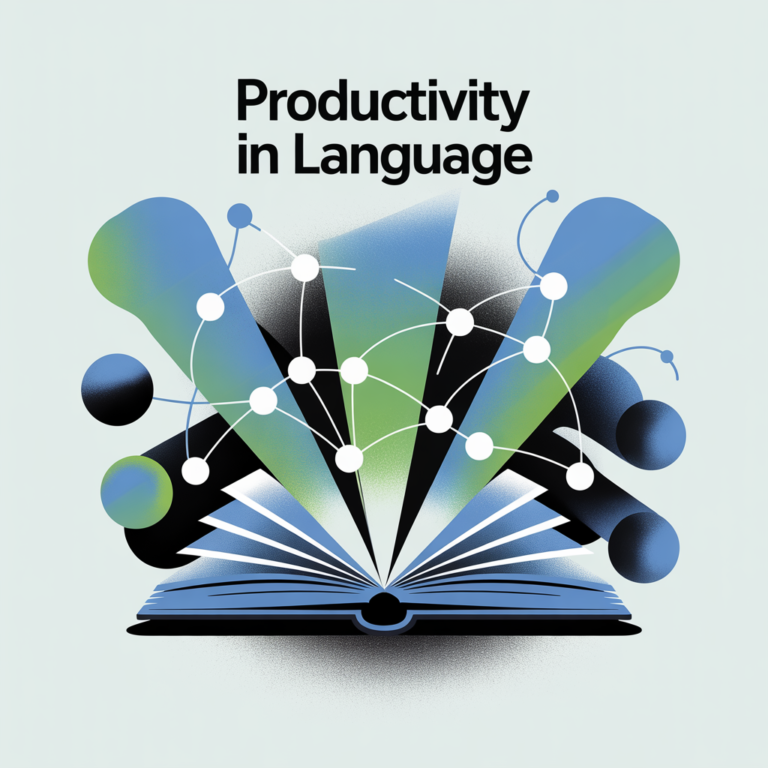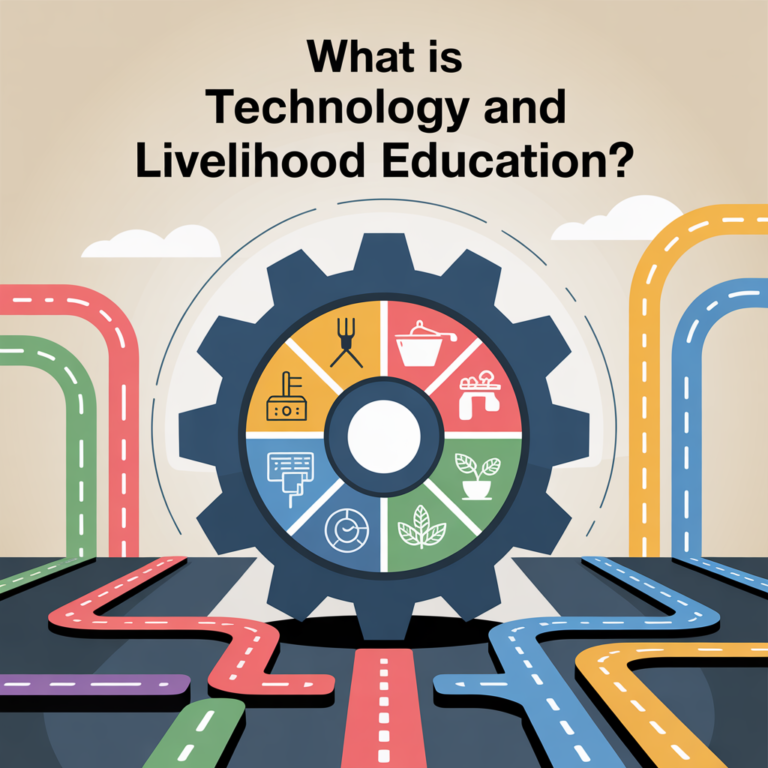Thinking outside the box is a key skill that drives innovation, fosters creativity, and encourages problem-solving both in work and in life. Whether in business, technology, or daily routines, the ability to free oneself from conventional thinking leads to pioneering discoveries and extraordinary solutions. History taught us that the challenge of the status quo could be a powerful tool for companies looking to innovate and for humans trying to solve problems. From various technological advances to completely novel business strategies, thinking outside the box has been the primary source of human progress. However, what is this concept, and how can one learn it to apply it effectively in their personal and professional lives?
The term “thinking outside the box” is usually used to commend the thinking that is not limited to traditional methods for solving problems. It assumes creative thinking such as stepping out of the familiar patterns, questioning the conventional standards, and, thus, generating inventive solutions. But true creativity does not come from completely dismissing traditions without a reason. It is based on mastering the norms and finding ways to either improve them or, sometimes, alter them altogether. Based on the analyses of some ‘out-of-the-box thinking examples’, we can comprehend success as achieved by the people and groups that capitalize on creativity to get motivated. This essay investigates the meaning of “outside the box,” its significance, and the means to develop and practice it effectively in one’s everyday life and professional fields.
Understanding “Thinking Outside the Box”
The term “thinking outside the box” corresponds to a mentality that breaks old traditions and looks for not straightforward methods of problem-solving. This is a method of thinking, which is about wrecking, not a solid one of conventional wisdom, and permits imagination to solve the problem. For example, the idea was introduced in the 1970s, and to be exact, it was management consultants who were the first to bring this notion to the world and demonstrate the principle of lateral thinking by using a nine-dot puzzle. In the puzzle, participants were supposed to link nine dots by only four straight lines while not lifting their pen from the paper. The only way to solve it was to come up with lines that exceeded the boundary that the dots seemed to have—a concrete example of thinking outside the box.
The analogy of human brains’ nature shows us that the human minds tend to create artificial constraints and work within those. People are usually brainwashed to be within social norms and may not be able to think outside the box. Nevertheless, inventiveness is the ability to pierce through the veils of the self-confinement through which we limit ourselves. Through such kind of “out-of-the-box thinking” practice, individuals and companies can gain new highways, break barriers, and enhance their creative capacity.
The Importance of Thinking Outside the Box
Thinking outside the box is the key to the personal and professional growth of an individual. It is a method for introducing new things, it stimulates adaptability and puts personal problem-solving skills into practice. In this ever-changing world, liberation from typical thought is one of the chief methods a company can employ to keep ahead of the game and deal with the difficult and unpredictable nature of the world.
Among the core principles of the thriving of organizations is the one that includes flexibility and out-of-the-box thinking. Companies that keep on sticking to the age-old strategies are left behind while others are moving on and thriving. The incorporation of agile techniques into software development is concrete evidence of how questioning the validity of the existing processes gave birth to a more efficient and flexible system. By innovation of the traditional development fashions, engineers of software were able to produce a highly effective system that greatly reduced the time to market and also fostered cooperation among teams.
Not only business but also thinking outside the box has a significant mark on the everyday life. Even from home organization to social dilemmas, the power of thinking creatively facilitates people to find effective ways of dealing with these challenges. It further gives them the confidence to see opportunities that others do not and to transform problems into advantages.
How to Develop an “Out of the Box Thinking” Mindset
Developing the ability to “think outside the box” requires practice and a willingness to challenge conventional wisdom. Here are some effective strategies to enhance creative thinking and encourage unconventional problem-solving.
Embrace Curiosity and Open-Mindedness
Curiosity is the root of innovation. Through inquiry and pluralism, people will be able to reveal sneaking chances and get to know totally new and thus more efficient ideas. An open-minded attitude makes it possible the combine wide, sometimes to the aspect of contradiction, ideas, resulting in innovative ideas.
Break Routine and Change Perspectives
Being in a routine often suffocates creativity. Breaking habits and going to new places, as well as meeting people from different walks of life bring us out of those brain-ruts and breed some new interesting ideas. Traveling, acquiring new learning abilities, or talking to people with diverse backgrounds will allow you to be wiser and be more open to new wonderful ideas.
Challenge Assumptions
The majority of the restrictions are only in place simply because they are being followed without thinking about it. By challenging assumptions, individuals and organizations can explore the undiscovered and experiment more. For instance, the fact that drivers are needed to operate cars resulted in the invention of self-driving cars. The questioning of traditional wisdom often spurs the most disruptive innovations.
Collaborate and Seek Different Perspectives
Closer interaction between people from dissimilar professions and cultural backgrounds is directly propitious to one’s creative moments. Being together and meshing minds allows one to gain insights from diverse perspectives and wear not only one approach, but one type of goggles. Through the exchange of ideas one can learn the need to question a problem from a different perspective and that will in turn stimulate creativity.
Experiment and Take Risks
The key to creativity is trying new things and giving oneself the time to experiment. It involves taking calculated risks and playing with new ideas that often lead to unexpected successes. The prospect of failure, which is generally perceived as a block to original thinking, can be embraced as a learning experience, and this way individuals can refine and improve their ideas.
Reverse Engineer Problems
One alternative way to deal with a problem and not the usual way is to start from the outcome that is desired and go backward which makes room for new thinking. Redesigning problems means different insights that can come from rethinking processes from the start, and it can reveal the ideas that are strong but are hidden from the traditional point.
“Thinking Outside the Box Examples” in Action
It turns out that the different kinds of unconventional approaches have worked like magic and that success is down to the conventional method is now something of the past. Among these examples we can mention different ones from various entities of business and life, yet, all in all, they underpin how important the creative way of problem-solving is.
The Development of Agile Methodology
The critical period of software development used to be the time when companies moved towards linear models that resulted in interruptions and wastage. A cluster of developers in Oregon strongly opposed these standards, and, consequently, built the agile methodology. With agility, they became more flexible, collaborative, and iterative thus, the project instantly became faster and more efficient. They categorized the whole industry by challenging the traditional methods and became the equivalent of Industry Standard for Software Development.
Marie Kondo’s Tidying Method
Marie Kondo’s method of tidying gives a unique one that has a transcendental transformative power on the rooms. There was nothing halfway with cluttering the home; unfortunately, no real techniques were available for this at the time. Thus, Kondo decided to simplify the cleaning process by creating the KonMarie method, emphasizing that objects should be kept around that bring joy. Her idea became the talk of the day, and this indicates how a slight restructuring of customary ways can trigger tremendous newness universally.
The Creation of Airbnb
In the past, people were exclusively relying on hotels for their accommodation when they travel. Airbnb founders thought that they could do better and that their product was going to be a change in the industry where people could rent out their homes. This bold approach not only created a global platform, but also changed the way people book accommodations around the world, clearly showing that by challenging industry norms, massive success can be achieved.
Tesla’s Electric Vehicles
Electric cars took the front seat in the automobile industry for decades. It has become the only solution to the veritable environmental issues mainly due to the company’s choice to produce electric cars and use unconventional energy sources. Tesla through all skepticism, whether initially or not, was able to remodel the entire automotive industry and proliferate electric cars use globally.
Thursday Dating App’s Viral Marketing Stunt
Rather than using traditional marketing strategies, the dating app Thursday became athecenter of attention by doing a very unusual stunt. An intern who handcuffed herself to a pole in a crowded area with a cardboard sign promoting the app, as a potential customer, the first time you see this ad, you can talk to someone without actually saying words. This original way of doing things gave the app a lot of publicity and notably higher numbers of app downloads at a very low rate, thereby proving the effectiveness of creative marketing tactics.
Overcoming Barriers to “Thinking Outside the Box”
Even though “thinking outside the box” is a tool, there are some obstacles that can also disrupt creative thinking. To handle such hindrances, an individual should take it upon himself to deliberately change his perception and move away from standard notions.
Fear of Failure
A lot of people do not take creative thinking as their strong attribute because they are afraid of failure. Still, failure is essential if a person wants to learn. Embracing failure as a means of grow is a powerful way to increase the level of risk-taking and creating something new.
Comfort with the Status Quo
People are inclined to oppose alteration since it is more comfortable to remain on the known path. Nevertheless, only real advancement is accomplished by constantly questioning the previously accepted and by contemplating the possible new approaches. Being adaptable and open-minded is the main inspiration of creative people.
Limited Exposure to New Ideas
The new idea is born from the diversity of the global vision and the vast life experiences. Interaction with different cultures, industries, and sciences is the source of new ideas for innovative thinking.
Rigid Thinking Patterns
People’s mental discomforts, which stem from unconscious biases, narrow-minded understanding, and so forth, narrow down their problem-solving abilities, which do not take in the whole picture. Simply being aware of your thoughts and questioning them can set you free from such a limited perspective due to old thought patterns.
Conclusion
The creative imagination of thinking outside the box is an invaluable skill that contributes to solving the puzzles of the human mind and society. The use of questions and the search for the truth beyond apparent benefits brings out creativity and reinvents ideas. “Thinking outside the box” is not the only way one can start considering impossible things to do, it is a practice that spreads creativity in all areas such as business and personal life. Learning the approach and perspectives of solutions that are fresh and not readily expected is the path that each of us should follow for innovation and personal development. Looking at things from a different lens is the factor that brings out new opportunities and that makes tomorrow’s world better.




